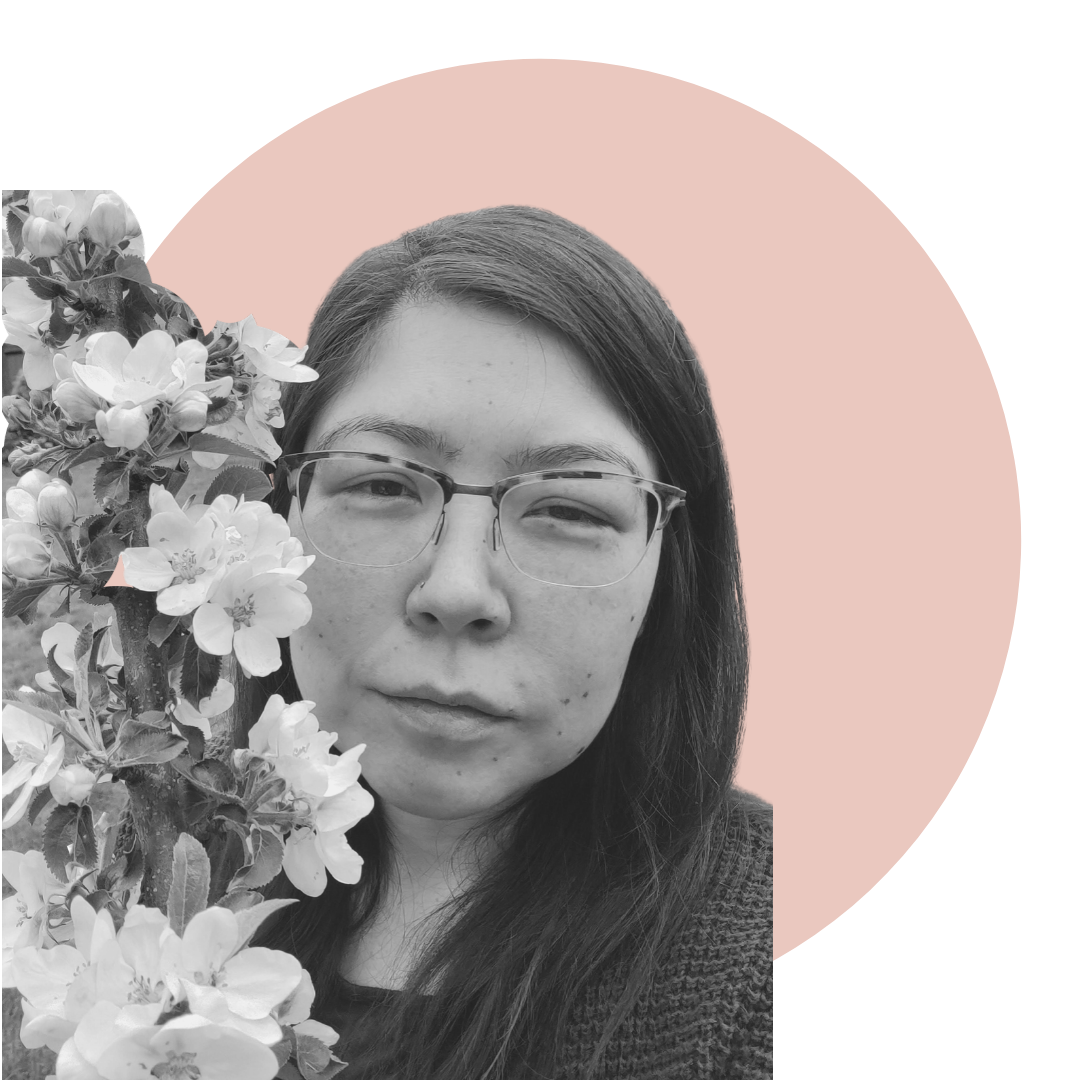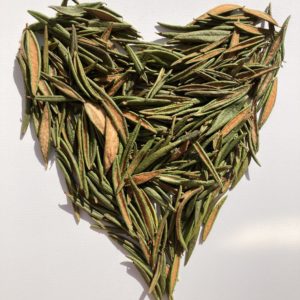What I see missing from many conversations about sustainability is a topic that deserves more attention – ethics. Not only is there an avoidance of discussing ethics, but there is also a sense that America doesn’t have a shared ethical value system. If we have a shared moral set, then it’s one that is unspoken.
We can make educated guesses as to this avoidance of ethics but I think what’s more important is to focus on the value system that we want to create and support. A sustainable future will only become reality if we are united in the path we take together.
I believe that at The Heart of Sustainability – what sustainability work should be centered and grounded and built upon – is guidance from ethics, values, and morals. The Quarter 1 prompt was “What guides you towards sustainable decisions?” What guides us when we’re faced with a difficult decision? How do we ensure that our behaviors are sustainable?
I am Inupiaq and I grew up living with Indigenous cultures in their homelands across North America, and as a child, I respected and listened to our elders. During cultural gatherings and ceremonies, elders and community leaders would always speak about values like responsibility, taking care of each other, respecting the land, and thanking the earth for gifts like food, shelter, and clothing. These from-the-heart speeches were important intentional reminders of the values that the community needs to exhibit to live well and take care of each other.
Reflecting on the importance of grounding a community in values, it feels strange to look back at events and gatherings where these value reminders are missing. Speaking about our values publicly serves many purposes: value reminders are educational, uplifting, inspiring, and most importantly, they are an expression of our behaviors. Indigenous communities talk about values openly and repeatedly, and we are also leading our community by example through our actions.
Discussing values with the community helps to ensure that the community works together toward a common goal. At Sustainable Seattle, our last two events discussed ethics and values and I’d like to share the patterns that came out of these community gatherings.
Green Drinks Think Tank: Heart2Heart
The February Green Drinks event was a think tank-style gathering. I gave a brief version of my talk on defining sustainability from the Indigenous perspective and shared stories about traditional sustainable values being expressed. I also talked about the Indigenous worldview of humans as a part of nature, how nature takes care of us with gifts of food and shelter, and that it’s our duty to accept gifts and give back to nature with reciprocity.
A favorite story that resonated with our guests was when I talked about picking berries. On the tundra, some aqpik (cloudberry, pictured above) and blueberry fields stretch as far as you can see. My mother and my family taught me to be thankful while picking berries and thanking the berries becomes a very meditative process for me. I begin by thanking the berry plants, and then the arctic bumblebees, and the sun, and the rain, and the soil, and the birds or other animals for spreading the seeds. I thank every step and process that brought the berries here.
After my talk, we had a facilitated discussion and Heart2Heart think tank guests talked about togetherness, kinship, and appreciation. I also thought it was interesting that the conversation inspired a couple of guests to share stories of intergenerational education and this makes sense since values and morals are taught from one generation to the next. One guest talked about how sustainability is an enormous challenge and another resonated with others sharing stories about low consumption and making the most of resources. It was nice to hear the importance of empathy and how holistic or ubiquitous sustainability can be.
We also discussed the question of “How do we feel connected to nature every day?” It’s easy for me to feel connected when I’m on the tundra and I’m so focused on being present in my ancestral homeland. But it’s harder for me to feel connected in my day-to-day life and I need to remember my goal of feeling mindful and connected during hikes or walks around my neighborhood.
|
|
Heart Work, Mind Work during Trivia Night
The common feeling that came out of this quarter’s discussions was a strong desire to connect with each other and to recognize the relationships that humanity needs to take care of each other. Understanding the importance of our connections gives me hope as we work together to build a sustainable future.
I wanted this quarter’s theme to bring our hearts and our feelings into the conversation about sustainability. It was hard for me to find articles and research about empathy, values, morals, and ethics and how they are all related to sustainability – and that brings me back to my opening point about the fact that ethics are missing from the mainstream discussion about sustainability.
It’s time to ground ourselves in a set of sustainable values that guide us to our shared goals. We need to start speaking about values at our gatherings. Asking the question about what guides us should be easier to answer than it has been.
If our goal is to build a sustainable future, then we need to start now by talking about our shared morals and values. Sustainability is achieved when we work together and are united in our efforts. We need our heart and our mind to work together in sustainable decisions.
|
|
|
|





